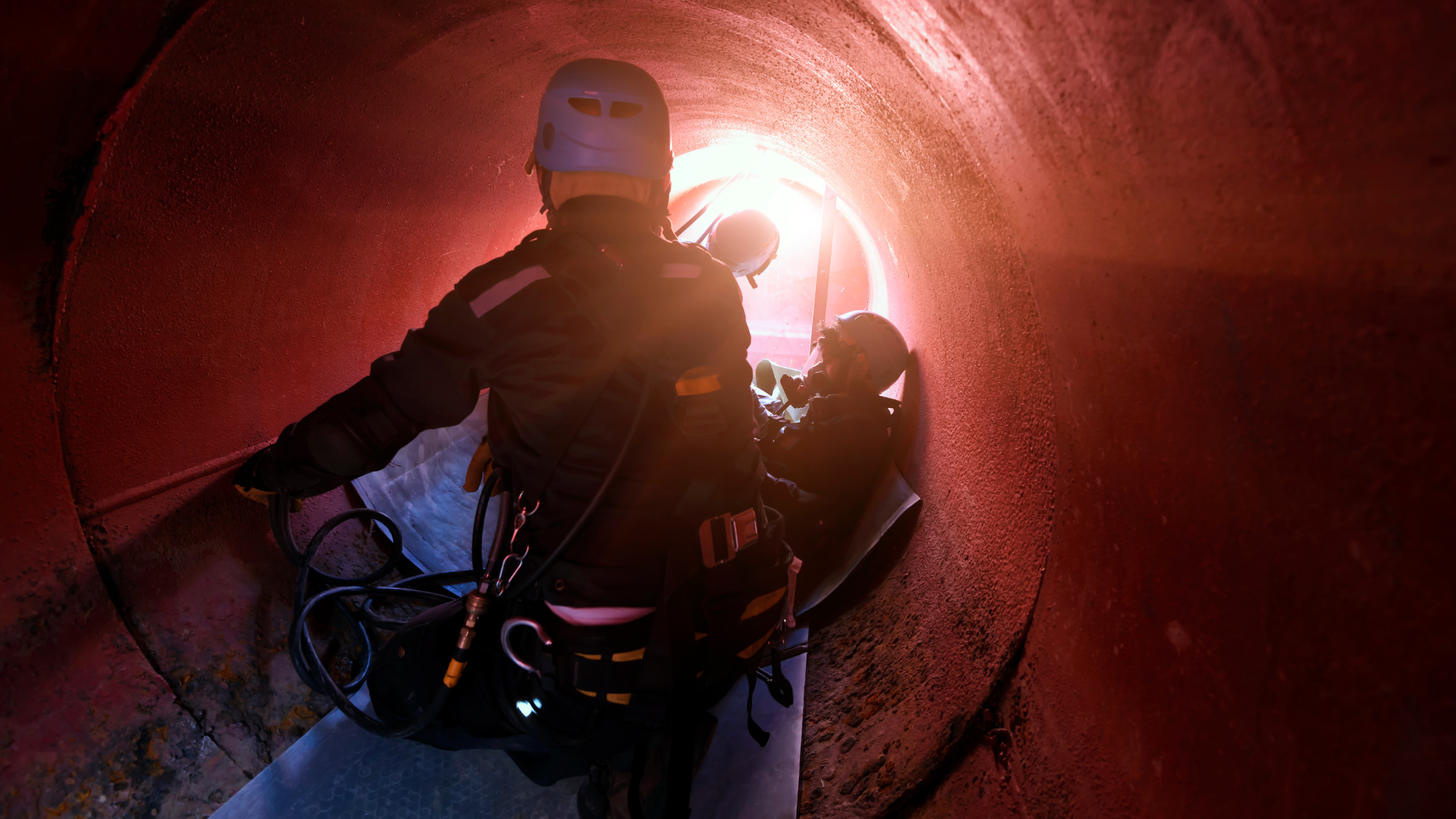Employees work in all types of conditions. However, no matter what they are, they need to be kept safe and protected.
It’s the role of the employer to provide that safety and protection – and it’s especially important when employees are expected to work in confined spaces. When it comes to confined space hazards, injuries and accidents can be quite severe. Here’s a short guide to these dangers in the workplace.
What Are Confined Spaces
It’s important to understand what qualifies as confined spaces in order to gain the most out of this guide. Workplaces that contain areas that are large enough for a worker to enter but aren’t necessarily designed for people to be in for extended periods of time are considered confined. If such an area doesn’t have easy or unrestricted means for entering and exiting it, this is also often considered a confined space as well.
This shows how varied confined spaces can be. Such areas can include manholes, pipelines, tunnels, vaults, pits, equipment housings, tanks, storage bins, silos, or any other type of location that fits the above definition. Wherever a worker needs to be but doesn’t have much in the way of mobility or accessibility, this is often going to be classified as a confined space
Confined Space Hazards
Not every confined space is hazardous. However, there’s a higher likelihood of hazards being present in one of these areas when compared to other places. One common confined space-related hazard is ventilation, or more specifically the lack of ventilation. An employee working in such a space runs the risk of exposure to noxious fumes or hazardous chemicals, or at the very least a lack of oxygen. In situations where certain work activities are taking place, like welding, these dangers are even more prevalent.
That’s not the only danger that workers in confined spaces have to contend with, however. Other issues include exposure to unguarded machinery or unshielded electrical wiring. Warm weather poses another threat, as someone spending a long period of time in a confined space may have to deal with heat stress. Another danger to consider is underground tunnel collapses or other types of infrastructure failures.
Dealing with Confined Space Hazards Safely
Any company that has its workers go into confined spaces as part of their job description has to have specific safety rules in place to provide for the safety needs of those workers. This starts with outfitting employees with the right safety gear and personal protective equipment. Respirator masks, hard hats, and any other types of clothing or gear need to be worn whenever workers are going into confined spaces, and this gear should be provided by the employer.
It’s also crucial that any employee working in a confined space is never left unattended. These employees should have their health monitored closely and provided breaks from work as necessary. Lastly, comprehensive emergency plans need to be set in place to deal with any situations that arise where an employee needs to be evacuated from a confined space in an emergency.
